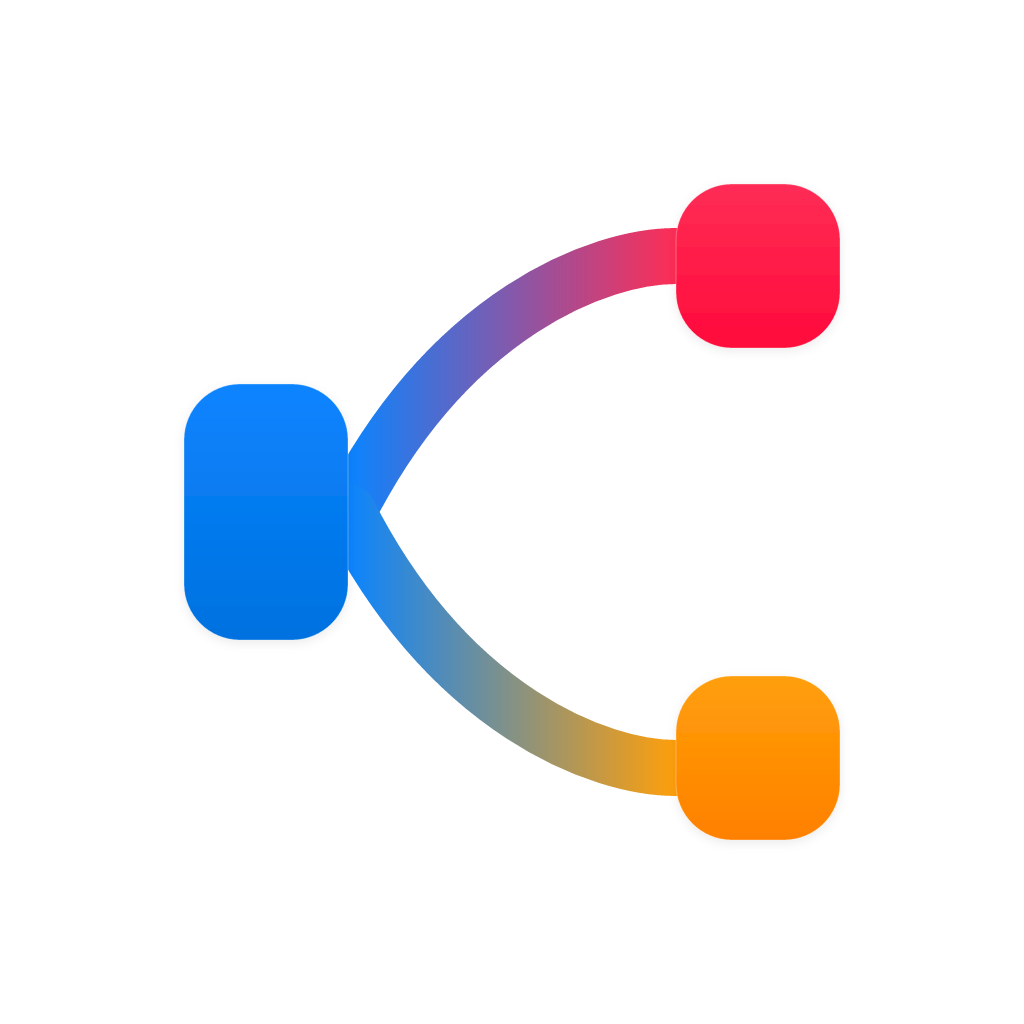Visualizing Energy Flow: Crafting Compelling Sankey Charts for Sustainable Practices
In the quest for a sustainable future, visualizing energy and resource flows is essential. It allows us to understand, monitor, and ultimately optimize systems for efficiency and impact. One of the most compelling tools for this purpose is the Sankey diagram, a graphical representation of a flow or transformation process between connected input and output values. By mapping energy pathways, Sankey charts provide a clear overview of the efficiency and sustainability of processes, highlighting where energy is lost or gained. This article explores the art and science of creating Sankey charts, the applications, and best practices to make these visualizations not only informative but compelling enough to drive action towards sustainability.
Understanding Sankey Diagrams
Sankey diagrams are named after John William Strutt, the Marquess of Harrington (Lord Rayleigh), an English chemist and physicist, who introduced them in 1876. They represent energy or material flows through a system with arrows whose width is proportional to the quantity or the rate of flow. They are particularly useful in energy and environmental studies, showcasing energy sources, conversion efficiencies, and the final destinations of energy.
Creating Compelling Sankey Charts
-
Gather Data: Start by collecting accurate data on all flows, both inputs and outputs. For energy flows, this might include sources like fossil fuels, renewable energy, and final outputs to the environment or into useful work.
-
Define Your Process: Clearly identify the system or process you are portraying. This could be a manufacturing process, a transportation network, or the energy flow through a single-family home.
-
Choose Your Software: There are many tools to create Sankey diagrams, ranging from simple online tools like TikZiT to advanced software like Python with libraries such as Plotly or Bokeh. Choose a tool that suits your abilities and the scale of your project.
-
Arrange the Channels: Lay out your flow channels so that they are intuitive to understand. Arrange them from inputs to outputs, with any intermediary processes interspersed.
-
Adjust the Sankey Width: The width of the arrows or channels is proportionate to the amount of energy or material being transferred. Be sure to carefully adjust these widths to ensure a clear and accurate representation.
-
Include Key Metrics: Sankey diagrams are more than just eye candy. Include important metrics that can help readers understand the significance of the flows, such as the efficiency, total energy used, or any environmental impacts.
-
Label Everything: Ensure every arrow and section is labeled clearly. This includes names of energy sources, conversion processes, and any significant results.
-
Check for Readability: A Sankey diagram should be easy to read. Avoid clutter by ensuring labels are legible and that there isn’t too much going on at once in any given area.
-
Test with Stakeholders: Before finalizing, share your Sankey diagram with intended stakeholders. Get their feedback to ensure the diagram effectively communicates the intended message.
Applications of Sankey Charts
Sankey diagrams are invaluable across various disciplines, including but not limited to energy systems, environmental science, and industrial design. They aid in understanding how resources are distributed within a system, enabling more efficient energy use and suggesting areas for improvement. For instance, in environmental impact assessments, they can highlight hotspots that need further scrutiny. Moreover, in marketing and sustainability reporting, Sankey diagrams can make the value chain more transparent to stakeholders.
Best Practices for Visual Storytelling
To ensure Sankey diagrams are truly compelling and effective, follow these best practices:
- Keep It Simple: Simplify complex processes into a straightforward visual flow.
- Focus on the Story: Your diagram should tell a clear, concise story about the flow.
- Use Colour Wisely: Colour can help tell the story by distinguishing different flows or highlighting areas of interest. However, over-reliance on colour when combined with text labels can lead to confusion.
- Ensure Accessibility: Inclusive design is crucial; make sure diagrams are accessible to as many people as possible, with considerations for colorblind users, among others.
Visualizing energy flow through compelling Sankey charts is a powerful tool to enhance sustainability practices. With thoughtful creation and strategic application, these visual aids not only inform but inspire action. As we move towards a more sustainable future, harnessing the potential of Sankey diagrams will be key to navigating the complexities of energy systems.
SankeyMaster
SankeyMaster is your go-to tool for creating complex Sankey charts . Easily enter data and create Sankey charts that accurately reveal intricate data relationships.



